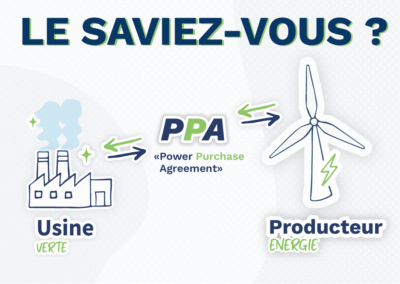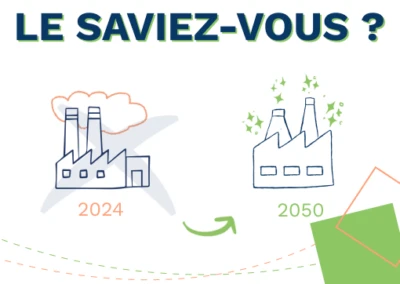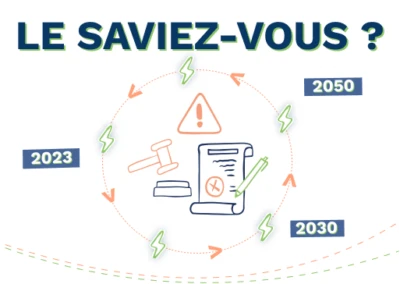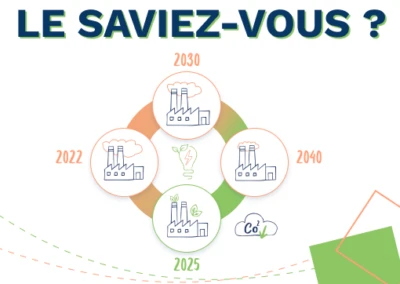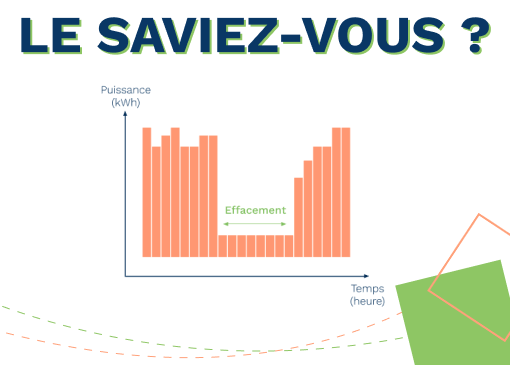
Electrical Load Shedding in Industry
The energy crisis is here, and the industry is being hit hard. Prepare your load shedding contract to manage the energy shortage effectively. What is a load shedding contract, and why is it becoming increasingly important today?
What is an energy consumption load shedding contract?
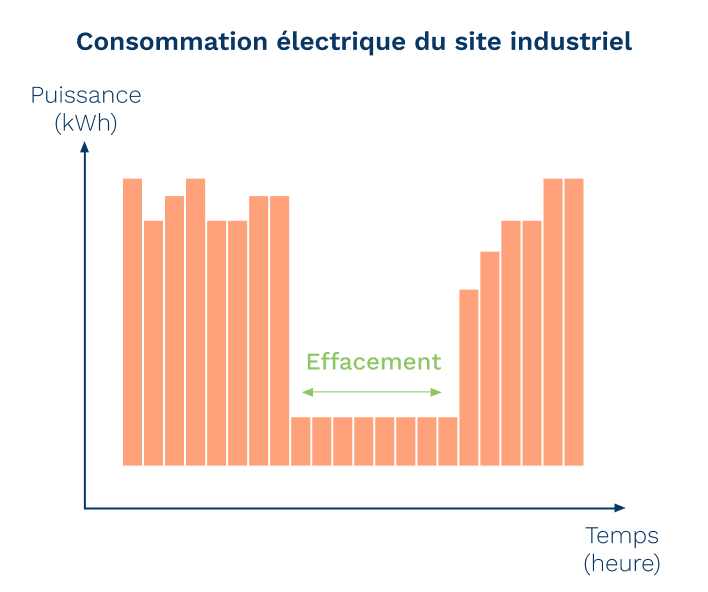
Why the load shedding contract for industry?
Why is the load shedding contract particularly important for industry?
Industry, especially production lines, continuously uses energy-intensive machines due to their speed and size. Therefore, the most significant immediate energy savings can be achieved in industrial installations. This is where the most substantial and most remunerative energy shedding contracts are found.
Methods of applying the energy shedding contract in industry
You determine the amount of energy you can cut on demand when establishing the contract. However, it does not mean completely halting your production. It’s important to identify which sector of the company or chain can be paused.
This saving can be achieved using alternative energies, such as generators, or by pausing part of the chain, sometimes using a buffer stock to cushion the temporary production drop.
To clarify the industrial electrical load shedding contract, let’s take an example:
- An industrial plant with four production lines subscribes to a load shedding contract with a shedding operator.
- The operator orders the plant to provide its shedding capacity for the electrical grid.
- The load shedding contract specifies that the company must shed x GW, requiring the company to stop one production line. This system can be managed in two different ways:
- The industrial company can stop a production line immediately upon request.
- The company has on-site electricity production with generators. When asked to shed consumption, it starts the generators to supply electricity to the production line.
- In return, the plant receives income for performing this load shedding.
Why is the load shedding contract particularly important today?
How Dametis helps you obtain a better load shedding contract
Implementing energy efficiency principles
Dametis supports you beyond simple energy savings. Once your needs are assessed, we advise you on reducing your energy consumption to benefit from an energy shedding contract or increasing your production without consuming more energy.
-
- We identify your equipment, your industrial process, and their electrical consumption.
- We detect opportunities for flexibility in the most energy-consuming equipment.
- We define your site’s shedding potential considering your site’s production constraints.
- We explore ways to optimize your site’s shedding potential.
Exploring alternatives
Facilitated monitoring and reporting to fulfill your contract
Dametis assists you in fulfilling your load shedding contract
To maximize your energy, whether with an energy shedding contract or increasing your production, contact Dametis and benefit from expert advice and support.
